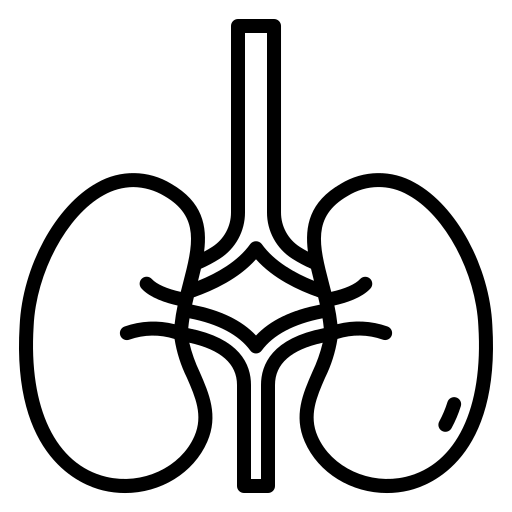Male Urology Treatments

Stone Disease
We specialize in diagnosing and treating kidney stones. Our advanced techniques include extracorporeal shock wave lithotripsy (ESWL), ureteroscopy, and percutaneous nephrolithotomy (PCNL), ensuring effective and minimally invasive solutions to manage and eliminate stones.

Infections of the Urinary Tract
We provide comprehensive care for urinary tract infections (UTIs), offering prompt diagnosis and effective treatment plans to alleviate symptoms and prevent recurrence. Our approach includes antibiotic therapy and lifestyle modifications to maintain urinary health.

Benign Prostatic Hyperplasia (BPH)
Our expert team manages BPH with both medical and surgical options. We utilize medications to reduce symptoms and minimally invasive procedures such as transurethral resection of the prostate (TURP) and laser therapy to improve urinary flow and patient comfort.

Hematuria - Blood in Urine
Hematuria can be a sign of underlying conditions that need immediate attention. We offer detailed evaluation and treatment for hematuria, using advanced imaging and diagnostic tools to identify causes and provide appropriate care.

Retention of Urine
Effective treatment for urinary retention is essential for preventing complications. Our urologists diagnose the underlying cause and offer solutions such as catheterization, medication, and surgery to restore normal bladder function.

Medical Renal Disease
We offer specialized care for various medical renal conditions, including chronic kidney disease (CKD) and glomerulonephritis. We aim to preserve kidney function through medication management, dietary changes, and lifestyle modifications.

Hypospadias
Hypospadias, a congenital condition affecting the urethra, is treated with precision at Bhaturology Hospital. Our specialized surgical corrections ensure proper urethral function and cosmetic outcomes for pediatric and adult patients.

Genitourinary Cancers
Our multidisciplinary team provides advanced diagnosis and treatment for genitourinary cancers, including bladder, kidney, and prostate. We use state-of-the-art robotic surgery, chemotherapy, and immunotherapy techniques to ensure the best possible outcomes.

Infertility
We offer comprehensive evaluation and treatment for male infertility. Our services include semen analysis, hormonal testing, and advanced reproductive techniques such as intracytoplasmic sperm injection (ICSI) and in vitro fertilization (IVF) to help achieve parenthood.

Circumcision
Safe and effective circumcision procedures are available for all age groups. Our experienced surgeons perform circumcision with precision and care, ensuring minimal discomfort and quick recovery.

Undescended Testes
Undescended testes require timely surgical intervention to prevent complications. Our expert team performs orchiopexy, a procedure to relocate the testes into the scrotum, ensuring proper development and function.

A-V Fistula Surgery
Arteriovenous (A-V) fistula surgery is crucial for patients undergoing hemodialysis. We specialize in creating and maintaining A-V fistulas to ensure effective dialysis treatment and improve patients' quality of life.
